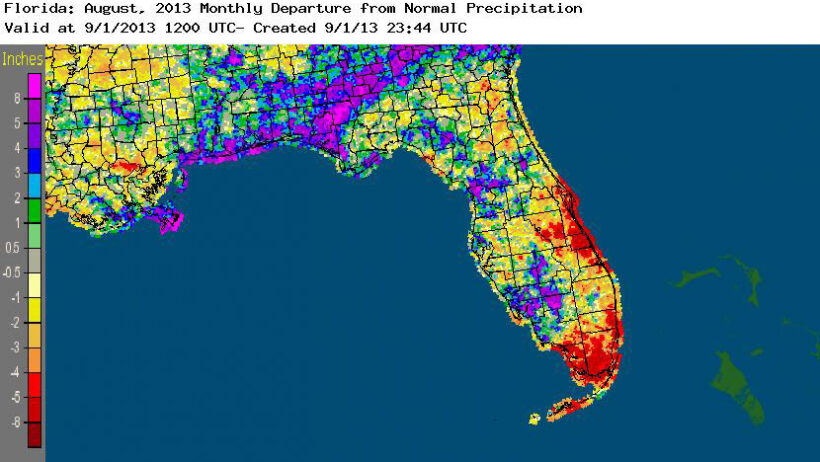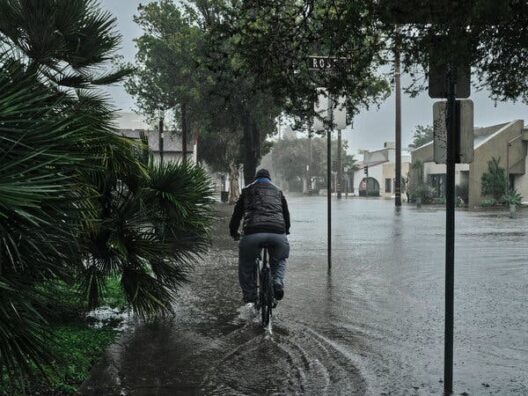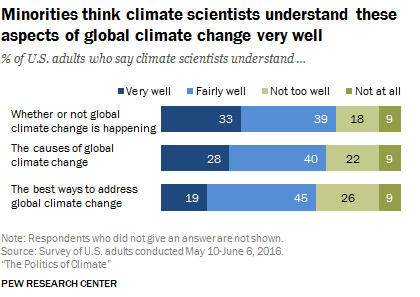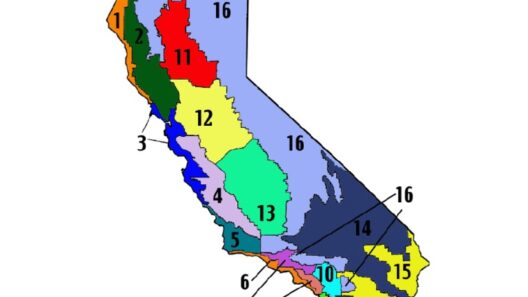When one conjures images of Florida, the immediate association may be with sun-soaked beaches, swaying palm trees, and endless summers. Often dubbed the “Sunshine State,” this vibrant locale indeed basks in an abundance of solar radiation. However, beneath this golden veneer lies a climate characterized by volatility—prompting a thought-provoking question: Is Florida truly the Sunshine State, or does it also deserve the moniker “Storm Central”? This exploration unveils the multifaceted nature of Florida’s climate, painting a picture that oscillates between serenity and tempestuousness.
At its core, Florida’s climate is classified as humid subtropical, particularly in the northern regions, while the southern part leans towards a tropical monsoon climate. This duality essentially sets the stage for diverse weather patterns. The state enjoys an average annual temperature ranging from the mid-60s to the low 80s Fahrenheit. At first glance, these figures suggest a seemingly idyllic weather pattern. However, the truth is far more intricate.
The achingly long summer months span from June to September, with average high temperatures breaching the 90-degree mark. This period not only signifies high heat but also heralds the onset of the Atlantic hurricane season, a significant aspect of Florida’s climatic identity. The juxtaposition of abundant sunshine with the lurking threat of tropical storms creates an ironic dichotomy: one moment you might find yourself on a sun-kissed beach, and the next you could be bracing for a storm surge.
Florida’s weather is not merely a concoction of heat and humidity; it thrives on a confluence of geographical peculiarities. The state is flanked by the Gulf of Mexico and the Atlantic Ocean, both of which play pivotal roles in its climatic patterns. Warm ocean waters provide the necessary energy for storm systems, creating the perfect breeding ground for hurricanes. The infamous “Hurricane Alley” designation for Florida is a testament to this reality, leaving residents and tourists alike to contend with the relentless fury of nature.
As summer transforms into fall, the frequency of hurricanes escalates dramatically. While the average season may yield around 12 named storms, of which 6 could become hurricanes, it is not uncommon for Florida to experience direct hits from Category 3 or higher storms. Each hurricane season poses a formidable challenge—a gamble with fate. Will residents prepare and protect their assets, or will they become unwitting victims of nature’s wrath?
Aside from hurricanes, Florida endures heavy rainfall, particularly during the summer months. Thunderstorms are a common occurrence, and intense downpours can lead to flash flooding. The state receives an average of 54 inches of precipitation annually, with some areas experiencing even higher totals. Rainfall patterns can be deceptively capricious, leading to scenarios where drought and deluge coexist, illustrating another layer of Florida’s climatic complexity.
Considering these weather phenomena, it is essential to examine the ecological ramifications. Florida’s landscape, known for its rich biodiversity, is vulnerable to the wearing effects of climate variability. Wetlands, swamp forests, and coral reefs face existential challenges owing to sea-level rise and increased storm intensity. This intricate web of life is not just picturesque; it serves vital functions, including carbon storage, water filtration, and habitat provision. Hence, climate change poses an existential threat, challenging the sustainability of Florida’s ecosystems.
Moreover, the fluctuating climate is not just an environmental issue—it has far-reaching social and economic implications. Tourism, a cornerstone of Florida’s economy, thrives on the illusion of perpetual sunshine. However, as hurricanes grow in frequency and intensity, the state’s allure diminishes, impacting livelihoods and community resilience. The challenge lies in adapting to these shifts while fostering sustainable practices that support both ecology and economy.
The situation raises a critical inquiry: Can Florida, often perceived as the epitome of summertime bliss, reconcile its dual identity as both a sun-drenched paradise and a storm-prone region? The answer lies in a collective effort towards sustainable practices, environmental awareness, and a commitment to resilience. Innovative urban planning, emergency preparedness, and robust infrastructure development are essential to mitigate the impacts of climate change and extreme weather events.
Furthermore, the evolution of climate science empowers Floridians with the knowledge to adapt. Understanding weather patterns, employing predictive modeling, and utilizing technology to monitor climate trends will enable communities to buffer against the whims of nature. As citizens grapple with the magnitude of these challenges, grassroots movements, policy advocacy, and educational initiatives become indispensable tools in fostering a resilient Florida.
In conclusion, while Florida may bask in the moniker of “Sunshine State,” it cannot ignore its identity as “Storm Central.” The interplay of climatic characteristics creates a dynamic reality fraught with contrasts—tranquility intertwined with turbulence. The challenges posed by climate change necessitate a holistic response, acknowledging both the state’s allurement of sunshine and the formidable threat of storms. As the future unfolds, the task at hand will be to cultivate resilience, ensuring that Florida retains its title as a desirable destination—both in sunshine and amidst storms.








